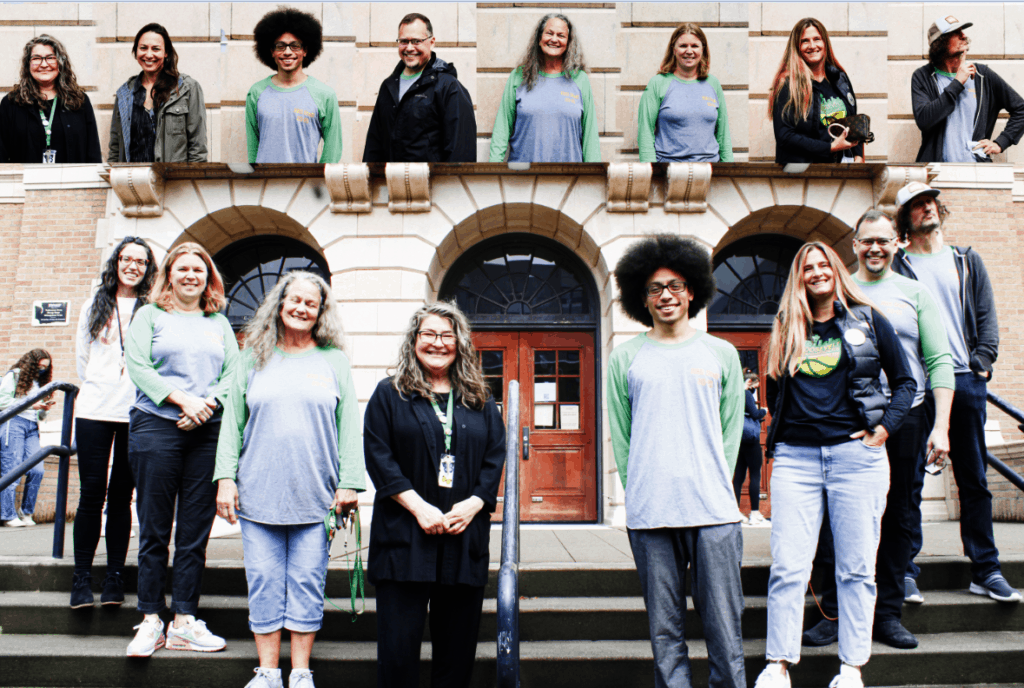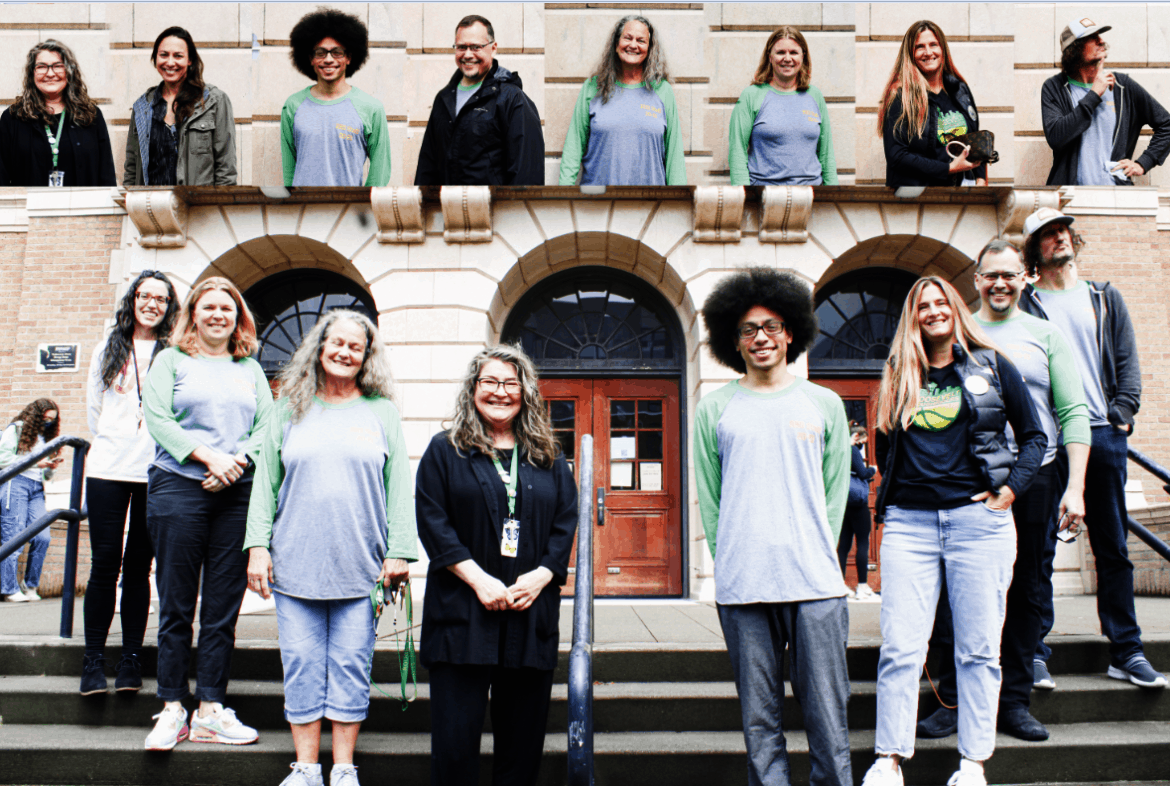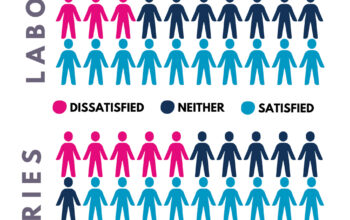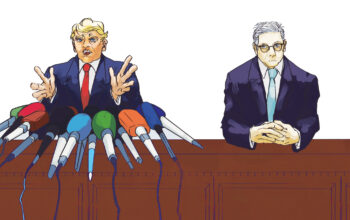
Amid the summer heat, the second wave of the pandemic, and social and political unrest across the nation in 2020, came calls for police reform and abolishment and the greater cultural and political liberation of Black people across the globe.
As the country saw protest and resistance unfold in the streets, the Roosevelt community, too, saw this renewal of social unrest, as students called for action in response to incidents of racial and sexual bias and harassment as individuals, but also as a community.
Much of this focused on not only highlighting the abuses of perpetrators, but also allegations of mishandling and ill-treatment by Roosevelt leadership. What began as a way to bring attention to seemingly ignored incidents of harassment, would spark a greater demand from the community for institutional and cultural change. This would mean addressing Roosevelt’s long history of racial bias and inadequacy in implementing reform.
While often overlooked by the Roosevelt community, racist incidents are nothing new to BIPOC students and teachers at our school. Racist behavior at Roosevelt has been long-brewing, and passively or deliberately accepted by much of the community.
From microaggressions, derogatory slurs, racist rhetoric deemed as jokes, to more systemic discrimination and harassment, it’s clear there is a lot of work for Roosevelt to do to create an anti-racist environment. Historically, Roosevelt leadership’s work has often been seen as performative rather than substantial action: “Freshman year … we had so many incidents and we would go to report them, but held none of the students accountable,” says junior Kissehanet Tesfa, former President of the Black Student Union. “But the next year, … our sophomore year, there were these Black Lives Matter signs all over the school. … One of the admins or staff, they looked at us when we’re walking the hallways, and they’re like, ‘Oh, do you guys see those posters up on the walls?’”
“It just feels like they are just feeding us information from a textbook, … it doesn’t feel like it’s honest,” says Kennedy Allan, Roosevelt senior and BSU Vice-President. “It just feels like a script.”
Students expect to be able to turn towards adults and authority to cope and resolve issues related to injustice and traumatic experiences. Yet this last year has shown that many students at Roosevelt, particularly BIPOC students, have long felt their trust breached by authority and that racist behavior has been normalized by their teachers and peers.
On July 8, 2020, Principal Kristina Rodgers sent out an email to parents titled “Recent Social Media Posts by Students.” The message thanked those who had brought incidents to the attention of administration, and addressed families of the students of victims and perpetrators.
“Racism, bigotry, acts of, or the condoning of sexual violence and assault go against every core belief held by our school and district and will not be tolerated,” Rodgers wrote. “We must collectively and individually disrupt actions that are harmful, including reposting violent and racist messages.” The message goes on to refer students to report incidents of hate, bias, and harassment to the RHS Administration or the district’s Office of Student Civil Rights (OSCR).
Despite this, students still say that they still haven’t seen any tangible change. While school outreach has been well received by some, others saw the messages that would follow as dismissive or virtue signaling.
Details of how these incidents had been handled and specific plans from administration and leadership at Roosevelt have remained vague to students. “It’s so frustrating that we get so many empty promises,” one student replied in a survey conducted by The Roosevelt News in March. “They say they can’t say what is going on, but whatever change is happening is obviously not working.”
This has led students to take action into their own hands.
The Roosevelt Black Student Union (BSU) began meeting with Rodgers and Roosevelt leadership over the summer of 2020. In October, the BSU released a list of demands for the Roosevelt administration. Included were goals and actions they hoped to see in future school wide policy and curriculum. The club says that their demands remain mostly unanswered.
The list of demands includes several requests relating to dismantling racism and sexual misconduct. Examples include holding students accountable for their actions, mandated assemblies, creating/improving the incident reporting system, and having a more robust Black Lives Matter and anti-racist curriculum. Additionally, the BSU seeks accountability by Roosevelt’s leadership for its previous inaction and passiveness relating to these issues, specifically requesting a formal apology from the administration.
Tesfa says that the administration told them what was out of their reach, but was limited in options of what they actually could do. “We’re just trying to ask her if there’s any other way of handling it. … [You say] we can’t do this, but you’re not telling us what you can actually do.”
The club says that while some strides were made like improving the Black Lives Matter curriculum and the beginnings of a streamlined reporting process, most of their demands still haven’t been met or acknowledged. “They end up just going in circles. … It seems like they never get anywhere,” says Brandon Johnson, Roosevelt sophomore and BSU President.
After this last summer, the fact that disconnect is a problem was made loud and clear. Rodgers says that she “felt one of the takeaways was people were not feeling heard … and people were not feeling seen.”
In response to concerns raised by the community, in June of 2020, the Roosevelt Building Leadership Team (BLT) began working with diversity equity and inclusion consultants at LaJuana Johnson Leadership & Development Group. Since then, LaJuana Johnson and her colleague, Jen Finkle-Weaver became involved with the administration and various other committees at the school in helping to train, set goals, and begin developing plans.
What was intended to originally be a short-term exercise in goal setting became a multi-year phased plan, in an attempt to ensure racial equity measures taken now would remain impactful for future generations of Roosevelt students and faculty.
Johnson typically begins her consulting work at a school with an assessment of the cultural environment. However, Roosevelt decided to put this on pause until later in the year. “I think the fact that so many things went down last year … on social media over the summer, that it felt appropriate to really dig in right away and get feedback [from training and community discourse],” Rodgers says.
Although Johnson usually begins with assessment before training, she thinks there has actually been a lot of value for Roosevelt beginning the training process early, “It’s allowed us to really fine-tune our questions to really have a better sense of what’s happening so we can address those and get to what the true needs are of students, staff, parents, and the rest of the community”
Equity and diversity training for staff has focused on how to have conversations surrounding often uncomfortable subjects. Rather than working directly with the entire faculty, Johnson took another approach. Over the summer, she trained 25 faculty members to be facilitators for 12 small ‘affinity’ groups that staff meet in every other Wednesday.
“We really started with thinking about: What is culture? What is institutional racism? What is interpersonal … [and] systemic racism?” says Jordan Wilson, Roosevelt teacher and BLT Chairperson. “So thinking about all of these things that help uphold white supremacy within our system … but then also looking at: Which ones do we see at Roosevelt? Which ones do we need to work on the most in our own personal practice?”
Link Crew (now called the Mentorship Program), Roosevelt’s high school transition program led by 90 juniors and seniors, underwent similar training by Johnson over the summer last year to lead freshmen in conversations about race, culture, equity, and diversity.
While the program also promotes connection between the grades, social justice has become the focus of the program, as initiated by a group of students in the Hands for a Bridge class.
After months of vetting processes with the district, Johnson and Finkle-Weaver began their assessment of Roosevelt’s community culture early May this year, beginning with student listening sessions. “We have two cohort groups, one is a BIPOC identified group of students and the other is a white affinity group of students,” Johnson says. “After that, we’ll be doing a survey of all students who want to choose to participate … towards the end of May.”
Assuming all goes to plan, Johnson expects a written report with the results of the assessment to be released early June. From there, she’ll work with the community to develop plans for the upcoming school year. “The idea will be that some group of students, staff, parents can be involved in this, too, to help.” Johnson says. “So we’ll need to choose those interventions really over the summer and then begin implementation [in the fall].”
Rodgers hopes this assessment approach will encourage students and families to be more open about their experiences, along with helping the administration see weaknesses that might otherwise be ignored. “It’s really hard to see blind spots when you’re in a system,” Rodgers says. “So the idea was to hire an outside consultant to come in, who is a neutral party that doesn’t have any investment in the school or prior knowledge about the school.”
One of the main ideas being explored once the assessment is completed includes normalizing ‘call-out-culture’ through curriculum and furthered staff and student training. Beyond diversity/equity curriculum implementations, Johnson’s recommendations may include amending hiring processes, grading policies, communication practices, operations of Roosevelt leadership teams, and much more.
But for now, nothing is concrete, and most changes will not begin until after the survey is completed. Johnson says that this is to help the community fully identify what issues it needs to address and focus on.
“Let’s look at the root causes of what created this situation in the first place. Let’s do an assessment and see what’s happening in the environment that made it OK for these incidents to happen.”
Johnson likes to approach her work in a gradual rather than abrupt methodology. Over her 20+ years in the profession, she says that “it takes two or three years to [truly] execute change,” which is why the BLT made the decision last summer to commit to three years of work with Johnson’s team. “This year was really about learning and planning and training,” she says. “Next year will be about implementation … to start evaluating, looking at what impact that intervention is happening … Year three, you’re really just fine tuning and keep doing maintenance… within the school structure, to keep this work going, to make it sustainable.”
Johnson describes her deliberate approach further, saying: “I intentionally worked to not perpetuate characteristics of white supremacy — [this] sense of urgency and defensiveness. … Racialized incidents… have been happening for years… so we can’t expect that they’re going to go away right away… it’s like when you’re pulling a weed, right? You got to get all the way down in there and get the whole root of it, or it is just going to come back.”
But what is clear is that none of this has been properly communicated to the parties involved. While changes are beginning to take place in the background, students and parents have been left in the dark.
“Students don’t know the work that’s being done. They constantly focus on the work that is not being done, or the stuff they’re not hearing about from their administrator,” says Amy Noji, Roosevelt teacher, Teacher Leadership Cadre (TLC) member and Racial Equity Group leader. “Some of us [faculty] have asked and asked … and said we need a better way for communication to happen. Could it be on the website? … Instagram? Here’s what BLT is focusing on, … what the TLC is focusing on … PTSA … ASR … And there are so many things to do, but communication seems really basic.”
Several faculty members and leaders at the school The Roosevelt News spoke to mentioned the difficulty of communication with students right now being online. They referenced how thoughts can be misinterpreted through written word or not reach the entire population. But without any form of communication at all, thoughts and intentions are misconstrued even further to appear as an absolute lack of commitment or action without excuse.
“No matter what I [as a teacher] think, it’s all about the experiences that students are having,” says Wilson. “I haven’t really heard any students say this is something that I [they] think Roosevelt is doing excellent in in terms of racial equity… so I don’t know if I can say this is a thing we are doing particularly well…”
While leadership has been integrating students within various committees across the school, this message is not being communicated across the entire student body. With the vast gaps of miscommunication and misunderstanding this brings, it’s hard for students and faculty to differentiate between what is happening and what is not happening.
If we truly want to make systemic change at Roosevelt, it begins with communication at public, organizational, and interpersonal levels, and democratizing awareness so that families can be informed, regardless of their level of involvement with the school or changes going on.
Right now, Roosevelt has the opportunity to rebuild the foundations of its public confidence for the better. “At the core of what you do, you have to have trust… buy-in… ownership… and respect,” says Johnson. While this may slow down the process and make it tougher in the short-term, without it, lasting institutional and community changes cannot be made — and these patterns of mistrust and alienation will continue.


